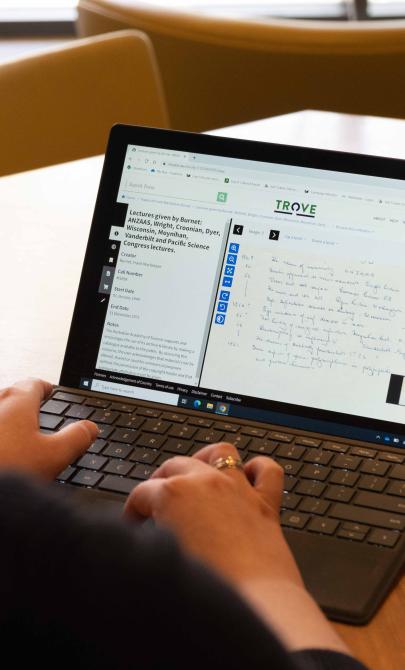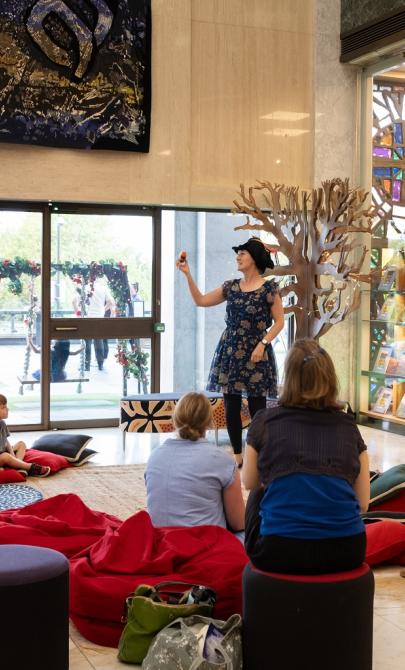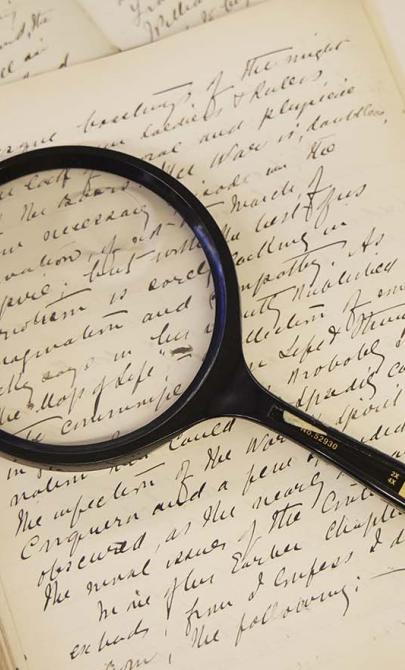Medium Aevum - The Middle Age
About this module
This module focuses on European history from the fall of the Roman Empire in 476 CE to around 1650. It covers key movements such as the Renaissance and the beginnings of the Enlightenment. While these movements are referenced, the terms Middle Ages and Medieval are used interchangeably to describe the period. The term Dark Ages is not used in this way. For more on the term Dark Ages, review topic Bound to service.
Collection of medieval and renaissance treasures
We hold more than 6,000 individual folios in 250 items and 12 bound volumes of medieval and renaissance manuscripts, across several collections. Most were acquired from:
- the library of the 13th Baron Clifford of Chudleigh (10 volumes)
- the Calligraphy Collection of Sir Rex Nan Kivell, comprising legal documents, and fragments of theological, musico-liturgical and literary works.
This module draws on these collections to explore the experiences of people living in medieval Europe.
Thanks to the support of donors, much of this material has been digitised. You can browse it at:
- The Clifford Collection, 13th-15th centuries. Ten volumes including books of hours and Bibles.
- The Nan Kivell Calligraphy Collection, 10th century to mid-19th century. 250 manuscript fragments and legal documents.
Copyright for teachers
You can download all collection materials in this resource for education purposes. For more information, go to copyright for teachers.
Topics in this module

Ellis Luciano Silas and Evans Brothers Ltd, A picture map of the ancient world / specially painted by Ellis Silas, 1939, nla.gov.au/nla.obj-2378561352
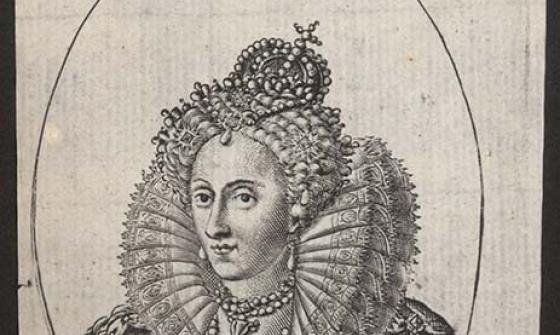
Elizabetha D.G. Regina Ang. Fran. et Hib., 1600, nla.gov.au/nla.obj-136050723
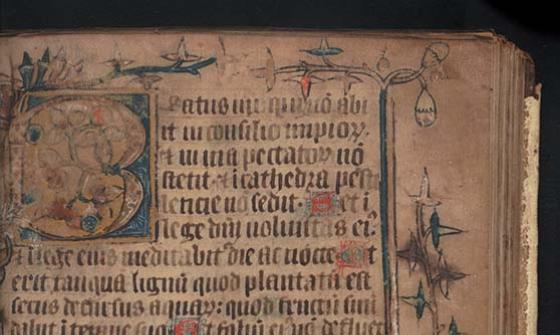
Illuminated Psalter, 1330-1350 [manuscript], Detail from (1330), nla.gov.au/nla.obj-182166477
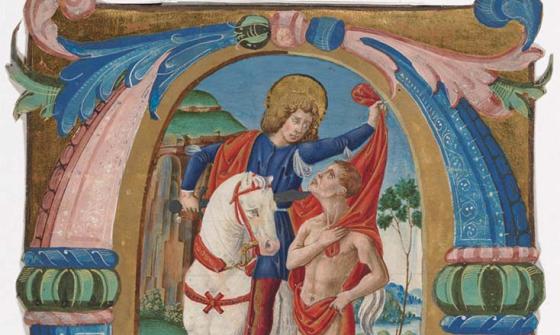
Early Flemish, German, Italian, Spanish, French woodcuts. /Item PIC/14340/41, ([14--?]), nla.gov.au/nla.obj-2902124787

PIC MSR 14/8/2 #PIC/14340/1-51-Early Flemish, German, Italian, Spanish, French woodcuts. /Item PIC/14340/40., nla.gov.au/nla.obj-2902124765
Introductory activities
Activity 1: What does ‘Medieval’ make you think of?
As a class, brainstorm words or images that come to mind when you hear Medieval.
Group these ideas:
- Which come from fact (books, documentaries)?
- Which come from fiction (movies, fairytales)?
Choose one idea and investigate: is it real or a myth?
Activity 2: Latin roots in modern English
Explain that Medieval comes from the Latin medium aevum (middle age). Many English words today have Latin roots.
Provide examples like:
- Medium
- Agriculture
- Emperor
- Exit
- Circle
- Australia
Assign each group a word. They look up its Latin root using a dictionary or online search.
Extension: Challenge students to list as many everyday Latin-derived words as they can in a set time.
Activity 3: A global Medieval world
The Medieval period (476–1685 CE) wasn’t just about Europe. Other regions thrived or faced unique challenges.
Have students create a profile of a society from another part of the world during this time. Include:
- Population and geography
- Social structure and language
- Territory, leaders and belief systems
- Major goods, cities and relations with other societies
Students can choose or be assigned a region and time.
Concluding activities
Activity 4: Castles up close
Along with knights in shining armour, castles are another enduring image of the Medieval era. From small fortifications to mighty fortresses with towering battlements, castles dominate the history and fiction of the times.
Explore:
- Warwick Castle in the UK via a Virtual Reality tour (find it on Warwick Castle Education).
- Students can observe the Great Hall’s impressive display of armour and weapons and reflect on how castles shaped Medieval life.
Activity 5: The Magna Carta’s legacy
The signing of the Magna Carta was one of the most influential moments in English legal history. It is a royal charter of rights, and it was the first document to be signed into law that declared the monarch and their government were not above the law. The original document was written in 1215 CE; however, there were several revisions, including in 1297.
Introduce the Magna Carta (1215), the first legal document to declare that even the monarch was subject to the law.
Explore:
- Australia’s 1297 Magna Carta at Parliament House (info on the Parliament of Australia website)
- The National Library’s digitised Magna Carta — view the original Latin and English translation
Activity 6: Medieval manuscripts online
Show students our Medieval Manuscripts collection.
Encourage them to explore how these ancient documents connect to the world they’ve just studied.
Curriculum links
The primary curriculum focus for this module is History 7-10.
- The transformation of the ancient world to the early modern world, from the decline of the Roman Empire in western Europe through Medieval, Renaissance, or pre-modern Europe (AC9HH8K01)
- The roles and relationships of different groups in Medieval, Renaissance, or pre-modern Europe (AC9HH8K02)
- A significant event, development, turning point or challenge that contributed to continuity and change in Medieval, Renaissance, or pre-modern Europe (AC9HH8K03)
